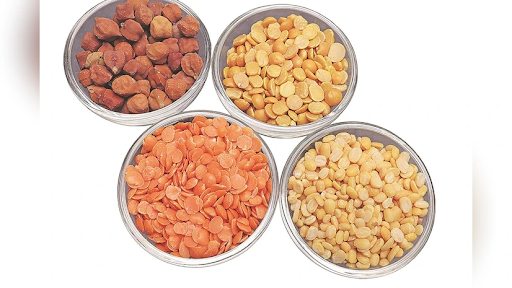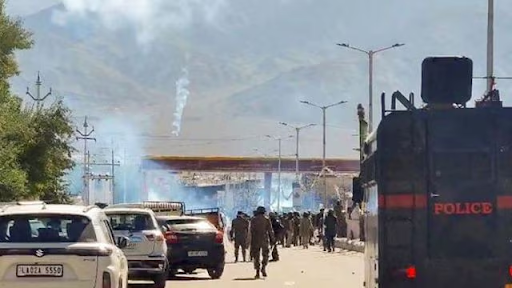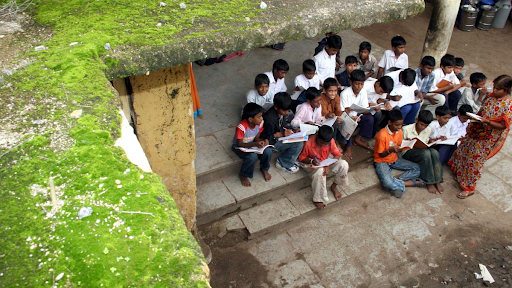





Copyright infringement not intended
Picture Courtesy: https://www.manoramayearbook.in/current-affairs/india/2024/09/02/cbdt-dispute-resolution-scheme-e-drs.html
The e-Dispute Settlement Scheme (e-DRS) 2022 was launched to streamline tax dispute resolution.
|
About Central Board of Direct Taxes (CBDT) ●It is a statutory body established under the Central Board of Revenue Act 1963. ●It comes under the jurisdiction of the Department of Revenue in the Ministry of Finance. ●It regulates and creates policies related to direct taxes, ensuring efficient tax administration and compliance. ●It monitors the operations of the Income Tax Department, ensuring that taxes are collected efficiently and in compliance with the law. ●The CBDT is headed by a chairman and consists of six members. ●All CBDT members are ex-officio Special Secretaries to the Government of India who are selected from the Indian Revenue Service (IRS). |
Source:
|
PRACTICE QUESTION Q. Consider the following statements about the Central Board of Direct Taxes (CBDT): 1. The Central Board of Revenue was split in 1964 into the Central Board of Direct Taxes and the Central Board of Excise and Customs. 2. The CBDT Chairperson is placed equivalent to officers of the rank of Deputy Comptroller and Auditor General in the Order of Precedence. Which of the above statements is/are correct? A) 1 only B) 2 only C) Both 1 and 2 D) None
Answer: C Explanation: Statement 1 is correct: The Central Board of Revenue (CBR) was created under the Central Board of Revenue Act 1924, it was in charge of managing both direct and indirect taxes in India. The CBR was divided into two separate boards in 1964 to streamline taxation. ●The Central Board of Direct Taxes (CBDT) was established to administer direct taxes, while the Central Board of Excise and Customs (now known as the Central Board of Indirect Taxes and Customs) was formed to handle indirect taxes. Statement 2 is correct: The Order of Precedence is a hierarchical list of dignitaries and officials, indicating their status and importance. The CBDT Chairperson has the same rank as top officials as the Deputy Comptroller and Auditor General. |






© 2025 iasgyan. All right reserved